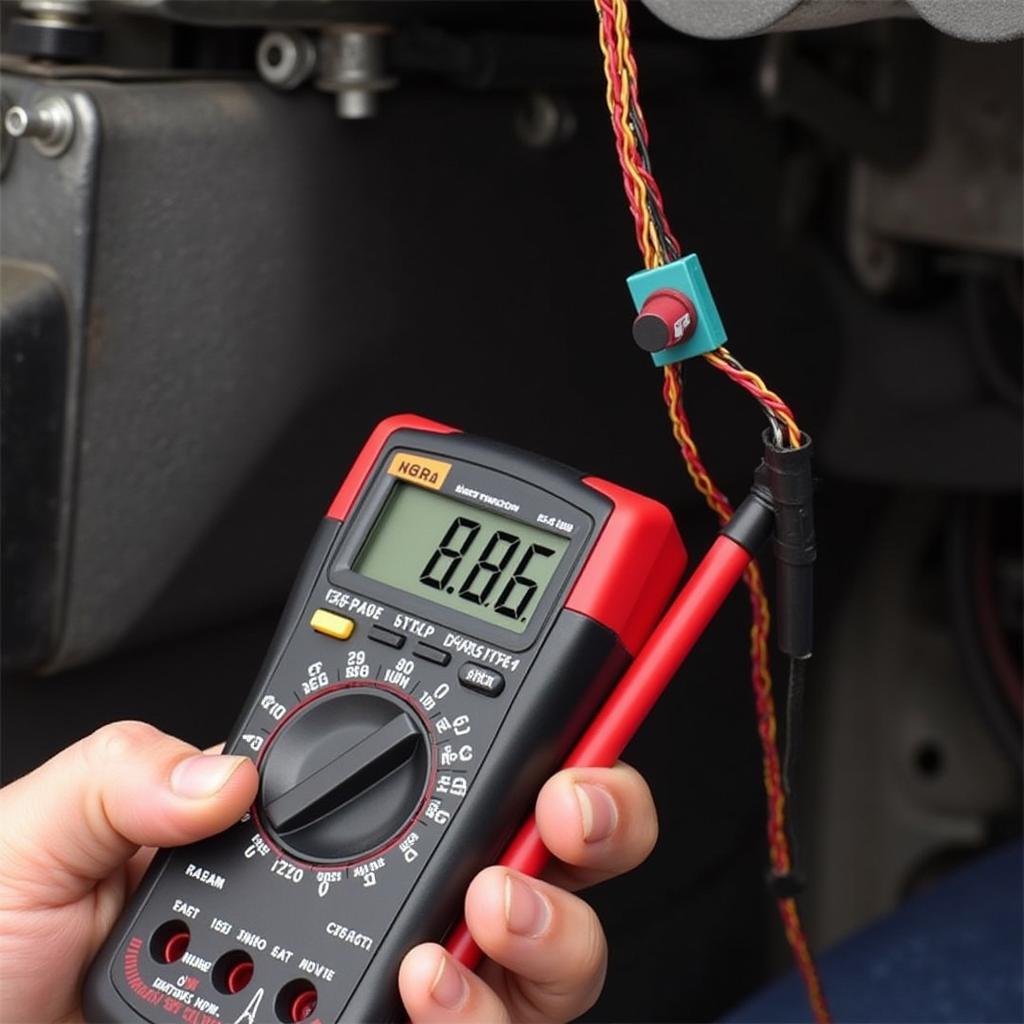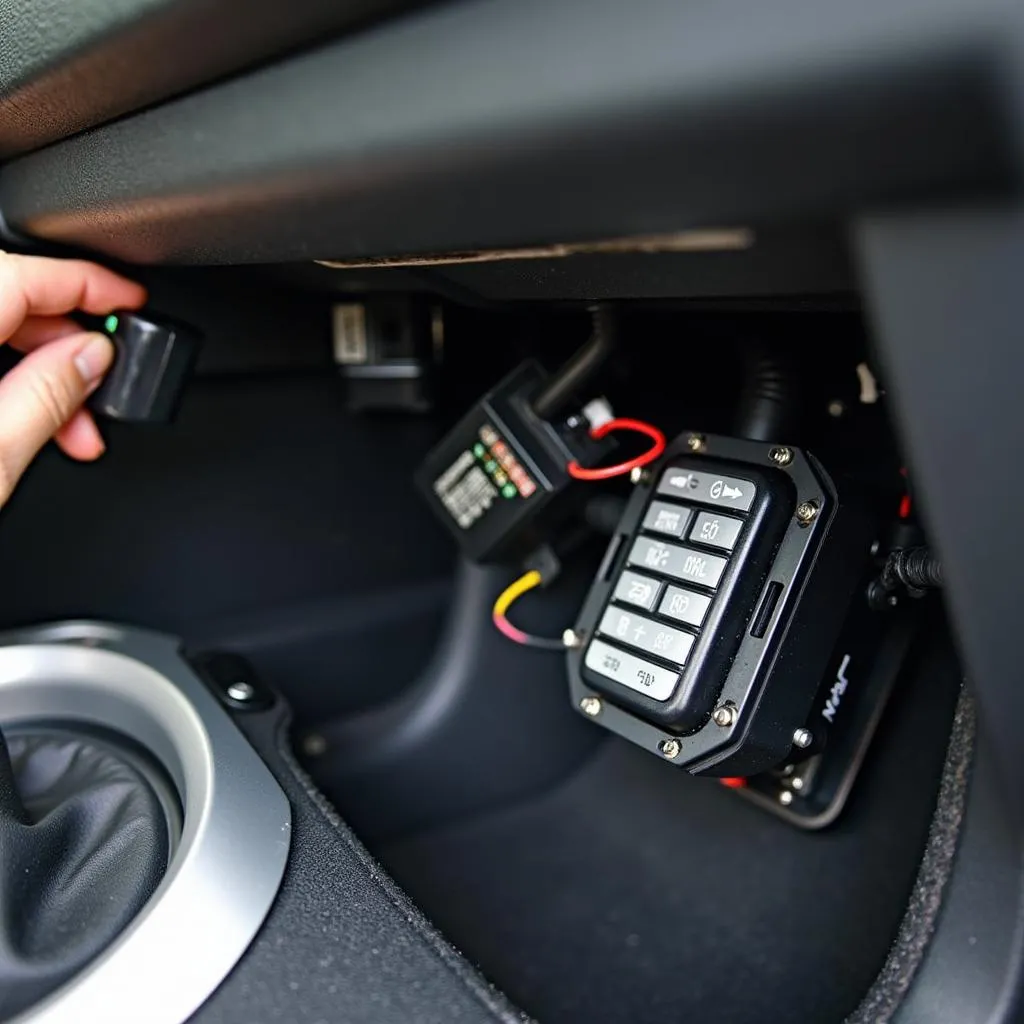The Warn 8274 winch is a powerful and reliable tool, but like any piece of machinery, it occasionally requires maintenance. One common task is the removal of the brake shaft, often necessary for brake service or replacement. While this procedure may seem daunting, this comprehensive guide will provide clear, step-by-step instructions to make the process straightforward and manageable.
Understanding the Warn 8274 Brake Shaft
Before diving into the removal process, it’s crucial to understand the brake shaft’s function and importance.
The brake shaft plays a vital role in the Warn 8274’s operation by controlling the winch drum’s ability to free spool or hold a load. Located on the gear end of the winch, it houses a series of friction discs that engage when the winch is not actively spooling. This braking action prevents uncontrolled unwinding, ensuring safety and control during winching operations.
Tools You’ll Need for the Job
Having the right tools is essential for any successful repair job. Here’s a list of what you’ll need for a smooth Warn 8274 brake shaft removal:
- Socket wrench set
- Torque wrench
- Flathead screwdriver
- Snap ring pliers
- Hammer
- Punch
- Clean rags
- Parts cleaner (optional)
Step-by-Step Brake Shaft Removal Guide
Follow these detailed instructions to remove your Warn 8274 brake shaft correctly:
- Disconnect Power: Before beginning any work, always disconnect the power source to the winch. This critical safety step prevents accidental activation and ensures your safety during the process.
- Prepare the Winch: Place the winch on a clean, flat work surface to provide stability and easy access. If working on a vehicle, ensure the vehicle is parked on a level surface and the parking brake is engaged.
- Access the Gear End: Depending on your winch’s mounting, you may need to remove the winch from its mount to access the gear end.
- Remove the Gear End Cover: Using a socket wrench, carefully remove the bolts securing the gear end cover.
- Identify the Snap Ring: With the gear end cover removed, locate the snap ring holding the brake shaft in place. It’s typically situated within a groove on the shaft.
- Remove the Snap Ring: Using snap ring pliers, gently spread the snap ring’s ends and carefully lift it out of its groove.
- Extract the Brake Shaft: With the snap ring removed, the brake shaft can now be extracted. You might need to gently tap the end of the shaft with a hammer and punch to dislodge it. Be cautious not to damage the surrounding components.
- Inspect and Clean: Once removed, inspect the brake shaft, snap ring, and surrounding components for wear, damage, or debris. Use a clean rag and parts cleaner (optional) to remove any dirt or grime.
 Warn 8274 Brake Shaft Removed
Warn 8274 Brake Shaft Removed
Common Challenges and Solutions
- Seized Brake Shaft: If the brake shaft is stuck, applying penetrating oil and allowing it to soak for a few hours can help loosen it.
- Damaged Snap Ring: Always replace a damaged or worn snap ring with a new one to ensure proper brake function.
- Missing Components: Carefully inspect the gear end for any missing or loose components during reassembly.
Expert Insights
“Many winch issues stem from improper maintenance or neglected lubrication. Regularly inspecting and servicing your Warn 8274, including the brake system, will significantly prolong its lifespan and ensure reliable performance.” – John Miller, Senior Winch Technician
Conclusion
Removing the brake shaft on your Warn 8274 winch is a manageable task when armed with the right knowledge and tools. Remember to prioritize safety by disconnecting power and working in a well-lit area. By following the step-by-step guide outlined in this article, you can confidently tackle this maintenance task and keep your Warn 8274 in peak operating condition. However, if you encounter any difficulties or uncertainties, seeking guidance from a qualified winch technician is always recommended.


